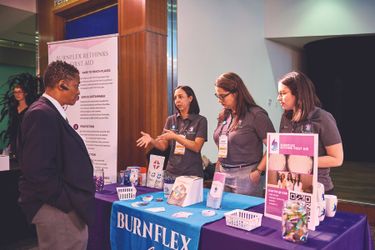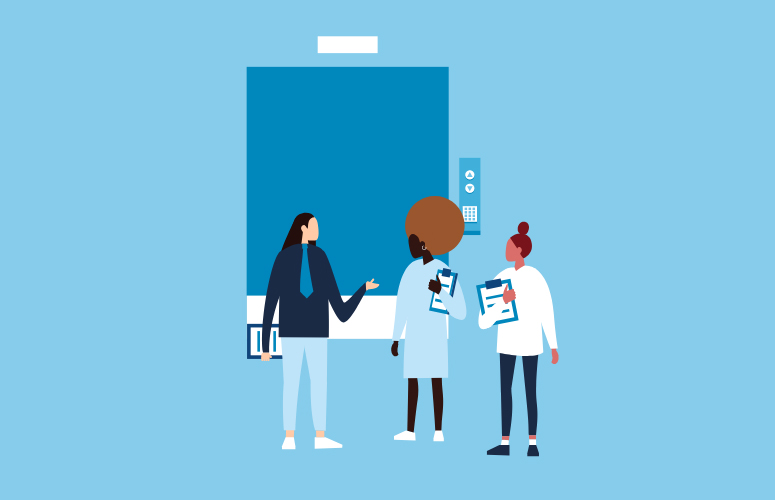While Innovation and Entrepreneurship is “new” to the physics community, these kinds of educational elements have been simmering and growing in academia for over 20 years. Many of the challenges that physics faces in implementing I&E have been addressed in other disciplines in the past, and various curricular approaches have been developed that can be leveraged in physics. The community is therefore urged to take advantage of the existing communities of practitioners and the resources that have already been developed.
First and foremost are organizations that support education development in the I&E environment. These include VentureWell, which has been the leader in I&E in science and technology for over 25 years. The organization holds a conference (OPEN) each March where practitioners from many disciplines gather to share ideas and disseminate approaches that successfully engage and prepare students. A very welcoming community, eager to grow innovation and entrepreneurship education, VentureWell member institutions support organizations and disciplines that are working to include I&E in the student experience. VentureWell also offers grants to faculty for developing I&E courses and programs, grants to student teams for developing innovative products and services, and prizes at their OPEN conference for student ventures.

OPENminds Reception
The United States Association for Small Business and Entrepreneurship (USASBE) has broad interest in promoting I&E and holds a conference each year where practitioners share approaches for both education and commercialization and business development. There is actually considerable overlap in skill base for physicists and engineers (as many physicists end up in positions that are also filled by engineers), which makes the American Society for Engineering Education (ASEE) another important resource for those trying to bring I&E into physics. Their annual meeting, like those of the above organizations, provides opportunities to gain insights from others who are working to enhance I&E education.
One of the resources that PIPELINE created is a repository of approaches for teaching physics with I&E incorporated in the student experience, some of which are outlined in the case studies of PIE implementation. As discussed earlier, these approaches have been tested and evaluated and found to be successful in teaching the core physics principles while also achieving I&E outcomes. The PIPELINE newsletter and webinar series are also valuable resources.
PIPELINE team members are available to visit your campus, work with you and your faculty, and help promote I&E and support implementation. You can request a site visit through the PIPELINE website.
Another source of information and support is the “Careers 2020” report published by APS and Institute of Physics. With dossiers of physics graduates working in many fields, and recommendations for students and faculty, it has a wealth of information and ideas that you can apply on your campus. Another great resource is the SPS Careers Toolbox, which describes activities that can be done by local SPS student chapters that build important career skills.
Conclusion
PIE can be a major factor in the continued success of physics departments, academic institutions, physics as a discipline, and the impact of physics on the world. It can be brought to the student experience through a variety of means and approaches that each campus can select to meet the needs, abilities, and resources available. The growing community of practitioners of I&E education is ready, willing, and able to help. It is a community we hope you will join.
